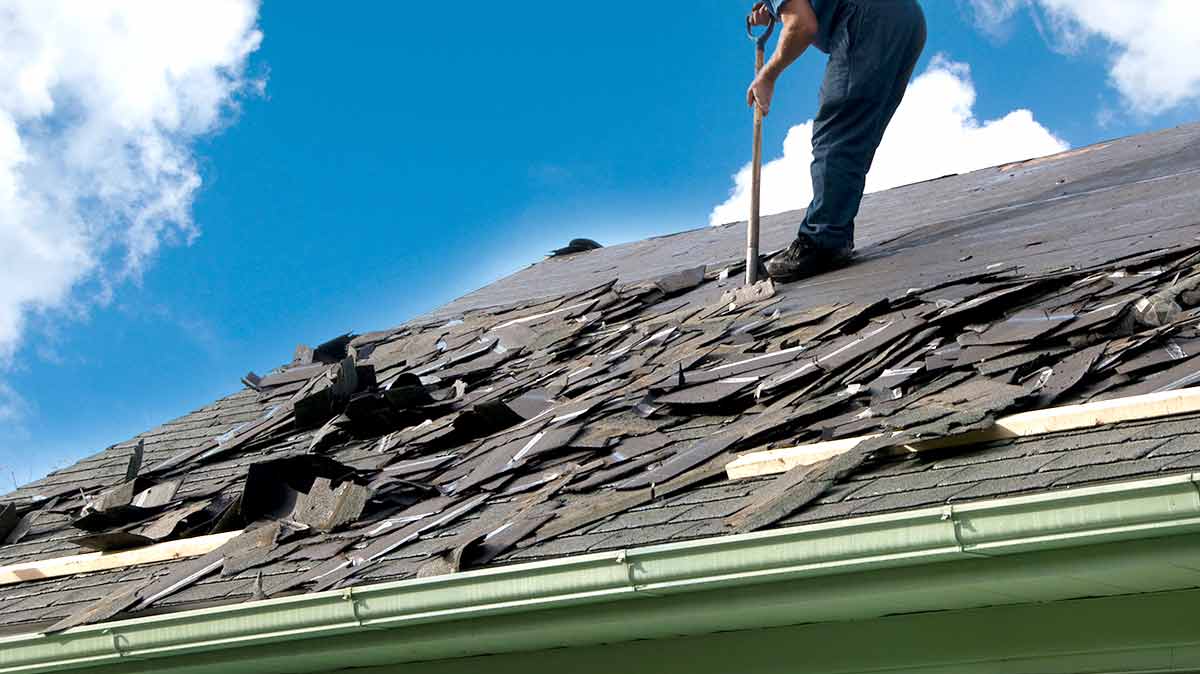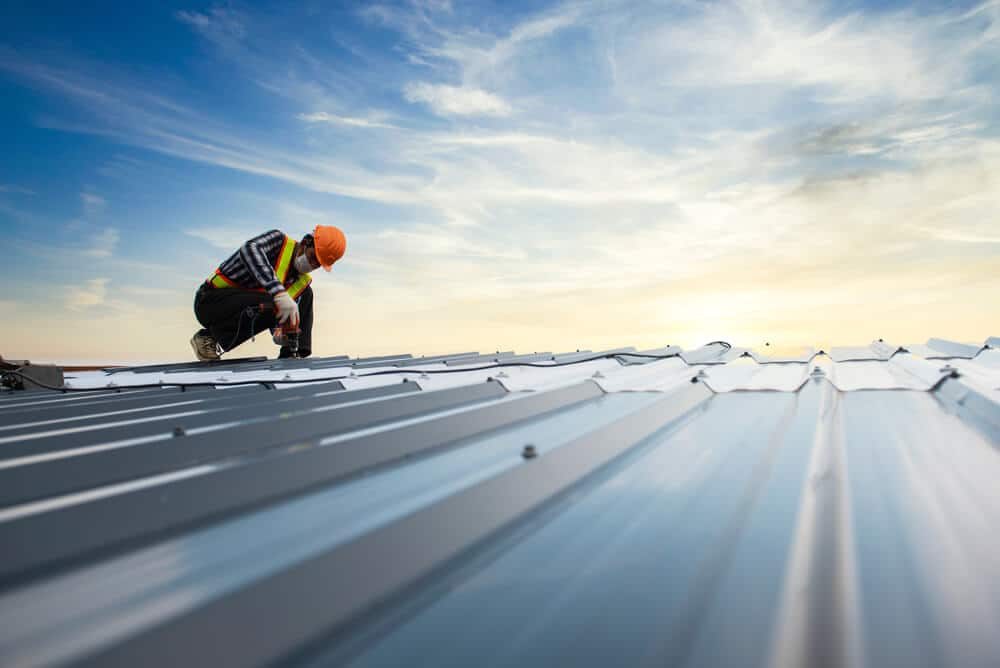Reviewing the most effective Roofing Materials for Replacement: A Comprehensive Analysis of Sturdiness, Price, and Aesthetic Appeal
Picking the appropriate roofing material for replacement entails a mindful analysis of numerous critical aspects, including longevity, price, and aesthetic allure. Each choice provides special benefits and downsides; for instance, asphalt roof shingles are economical yet shorter-lived, while metal roof coverings assure longevity at a greater investment. The aesthetic impact of materials like clay floor tiles can not be neglected, regardless of their costs cost point. Recognizing exactly how these aspects communicate can significantly affect the decision-making process. As we explore these elements better, the ramifications for your certain scenario become progressively significant.
Review of Roof Products
As house owners significantly prioritize sturdiness and power efficiency, recognizing the numerous roof covering materials offered for replacement comes to be crucial. The option of roof products straight influences not only the aesthetic appeal of a home however additionally its lasting efficiency and maintenance prices.
Among the most typical roof products are asphalt shingles, steel roofing, and ceramic tile. Asphalt tiles are favored for their price and ease of setup, making them a prominent selection for many domestic applications. Metal roofing, which consists of materials such as steel and light weight aluminum, uses remarkable resilience and energy effectiveness, typically mirroring warm and minimizing cooling costs. Tile roofing, usually made from clay or concrete, is treasured for its long life and aesthetic allure, offering an unique appearance that can enhance a home's value.
Furthermore, newer materials such as artificial tiles and green roof are getting grip. Synthetic options simulate standard materials while providing boosted durability and reduced upkeep needs. Green roofs, which incorporate vegetation, contribute to power performance and biodiversity.
Longevity Evaluation
When assessing roof covering products for replacement, longevity is an essential aspect that property owners have to take into consideration. The lifespan and resilience of roof covering materials directly influence long-term upkeep and replacement costs. Numerous products exhibit varying levels of durability, making it important to recognize their efficiency under ecological stress factors.
Asphalt shingles, while preferred for their cost-effectiveness, commonly last 15 to thirty years and might require even more constant replacement due to degeneration from UV direct exposure and extreme weather condition. In comparison, metal roof supplies amazing resilience, with a life expectancy of 40 to 70 years and resistance to wind, fire, and bugs. Additionally, clay and concrete tiles can withstand severe problems, commonly lasting longer than half a century, although their weight necessitates a durable structural assistance system.

Price Contrast
Thinking about the financial ramifications of roof covering materials is important for house owners intending a replacement. The price of roofing materials can vary considerably based upon factors such as product type, setup intricacy, and local prices distinctions.
Asphalt roof shingles are amongst one of the most economical choices, commonly ranging from $90 to $100 per square (100 square feet), making them a preferred option for budget-conscious property owners. On the other hand, metal roofing can cost in between $250 and $700 per square, depending on the sort of metal and coating selected. While steel roofings often tend to have a higher ahead of time cost, their longevity and energy efficiency might lead to expense financial savings over time.
Clay and concrete tiles are also on the higher end of the range, averaging in between $300 and $600 per square. These materials supply durability and visual allure yet require a substantial preliminary investment.
Finally, slate roof covering, recognized for its extraordinary durability and timeless appearance, can vary from $600 to $1,500 per square, making it the most costly option. House owners must weigh the first prices versus the expected lifespan and upkeep needs of each material to make a notified decision.
Visual Factors To Consider
Visual considerations play a crucial role in choosing roof products, as the roof covering dramatically impacts a home's overall look and curb charm. House owners typically seek materials that complement their building design and enhance the aesthetic appeal of their residential property. The color, texture, and account of roof materials can significantly influence the total aesthetic.
Products such as asphalt shingles offer a get redirected here selection of colors and designs, making them a popular option for domestic projects. On the other hand, metal roof covering offers a smooth, modern look and is available in many surfaces that can fit modern layouts. Standard alternatives like clay floor tiles or check my reference slate can evoke a classic beauty, attracting those that favor traditional aesthetics.
Property owners should additionally think about how the picked roof material connects with natural light, as this can influence the roofing's appearance throughout the day. Inevitably, choosing aesthetically pleasing roof materials calls for careful factor to consider of personal preference, architectural design, and the general vision for the home.
Last Suggestions
Picking the best roof covering material can significantly improve a home's resilience and visual charm. roofing contractor. Based on our evaluation of resilience, price, and aesthetic aspects, we advise three main alternatives for property owners taking into consideration a roofing substitute
To start with, asphalt shingles stay one of the most popular option as a result of their affordability and adaptability. They provide a good equilibrium of cost-effectiveness and defense, making them ideal for many household applications. Home owners need to consider their longevity, as they usually last 15 to 30 years.

Finally, for those looking for a high end aesthetic, slate or ceramic tile roof covering offers unrivaled beauty and toughness. Although these products feature a steep basics price, their life-span can surpass 100 years, making them a deserving investment for luxury homes.
Ultimately, the most effective choice will certainly depend on private budget plan, aesthetic preferences, and regional environment considerations. Home owners ought to talk to a roofing professional to examine their particular requirements.
Verdict
To conclude, choosing the ideal roof product requires a mindful examination of durability, price, and visual appeal. Asphalt shingles give a cost-efficient service with moderate durability, while steel roof covering succeeds in resilience and energy efficiency. Clay and concrete ceramic tiles, although pricier, substantially boost visual appeal and endure severe weather problems. Eventually, the decision needs to straighten with specific budget plans, design preferences, and neighborhood climate variables, stressing the importance of expert examination for notified choices.